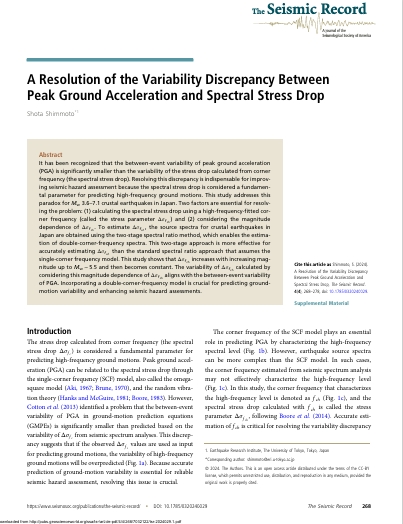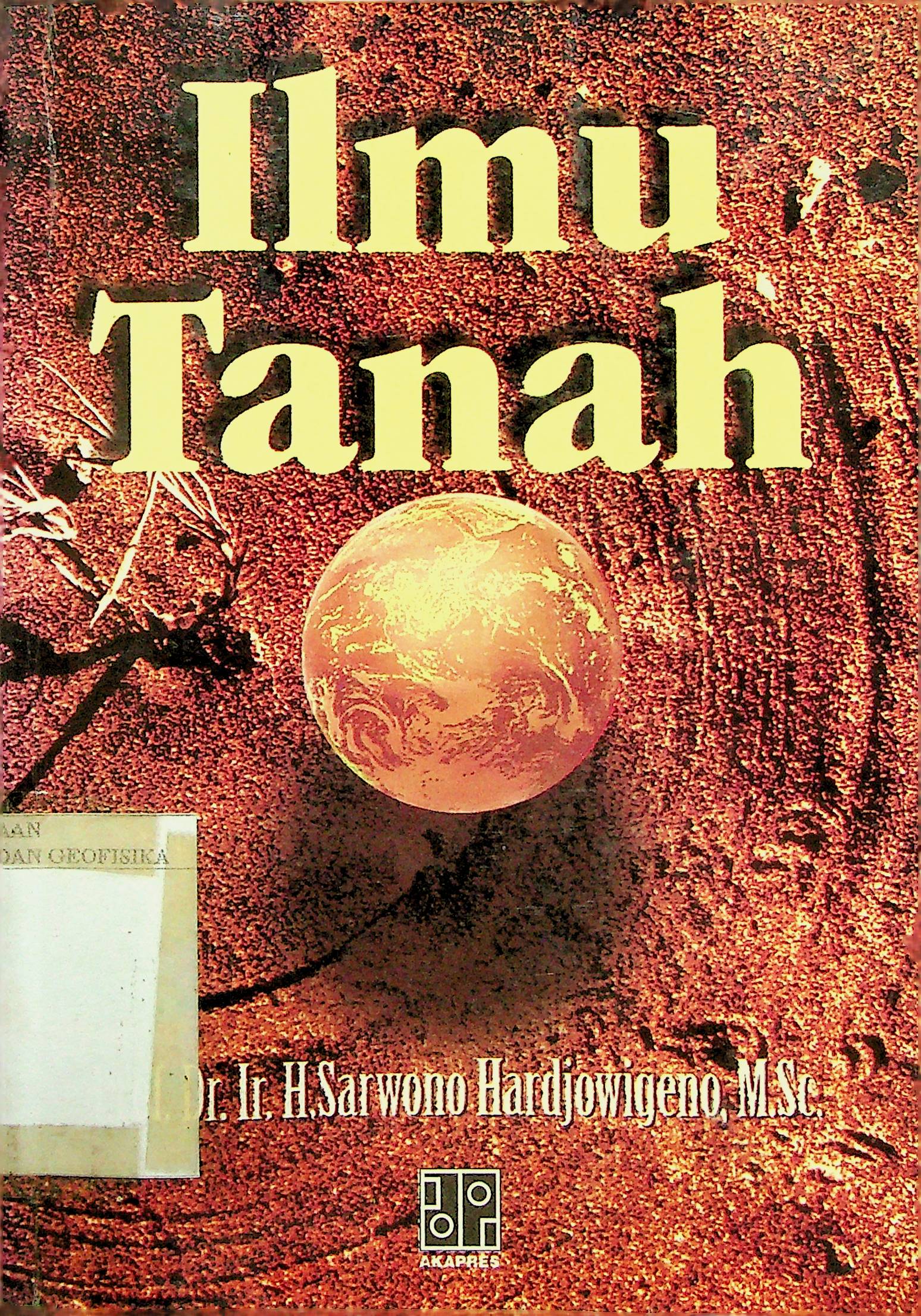It has been recognized that the between-event variability of peak ground acceleration (PGA) is significantly smaller than the variability of the stress drop calculated from corner frequency (the spectral stress drop). Resolving this discrepancy is indispensable for improv ing seismic hazard assessment because the spectral stress drop is considered a fundamen tal parameter for predicting high-frequency ground motions. This study addresses this paradox for Mw 3.6–7.1 crustal earthquakes in Japan. Two factors are essential for resolv ing the problem: (1) calculating the spectral stress drop using a high-frequency-fitted cor ner frequency (called the stress parameter Δσfch ) and (2) considering the magnitude dependence of Δσfch . To estimate Δσfch , the source spectra for crustal earthquakes in Japan are obtained using the two-stage spectral ratio method, which enables the estima tion of double-corner-frequency spectra. This two-stage approach is more effective for accurately estimating Δσfch than the standard spectral ratio approach that assumes the single-corner frequency model. This study shows that Δσfch increases with increasing mag nitude up to Mw ∼5:5 and then becomes constant. The variability of Δσfch calculated by considering this magnitudedependenceofΔσfch alignswiththebetween-eventvariability of PGA. Incorporating a double-corner-frequency model is crucial for predicting ground motion variability and enhancing seismic hazard assessments.
-
A Resolution of the Variability Discrepancy Between Peak Ground Acceleration and Spectral Stress Drop
Shota Shimmoto
Penerbit :
The Seismic Record
Tahun :
2024
Jurnal
Spectral Stress Drop Variability Discrepancy
-
No Scan-
-
No Klasifikasi-
-
ISBN-
-
ISSN-
-
No Registrasi-
-
Lokasi Terbit-
-
Jumlah Hal-
-
Label-
-
Versi DigitalYA
-
Versi FisikTIDAK
-
Lokasi Rak Buku Fisik//
-
Jumlah Exemplar Fisik Tersedia-





